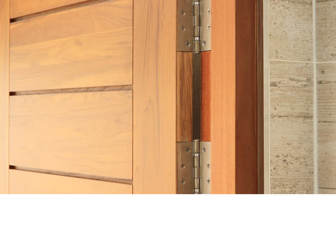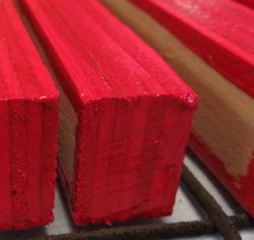I-Joist FAQs
Need to know how to install an I-Joist? Looking for an I-Joist span table? Find the answers to these and other frequently asked questions about I-Joists.

What is an I-Joist?
An I-Joist is an engineered wood joist, designed to eliminate the problems that occur when using traditional timber joists. The joists are shaped like an “I” and are lightweight, but strong. I-Joists are produced under strict quality control, so that natural imperfections that are found in natural timbers are none-existant.
How do I-Joists work?
Because I-Joists are linear engineered products, they eliminate the natural defects and the need for over-design. An I-joist has two main parts, the web and flange. The web is sandwiched between a top and bottom flange, creating the “I” shape.
What fixings are required for I-Joists?
I-Joist to I-Joist fixings will be included in all packages. Our team will determine the most effective Simpson hangers for the application based on the design.
Where can I-Joists be used?
Joists are most commonly used in floors but can also be used in roofs and studwork walls.
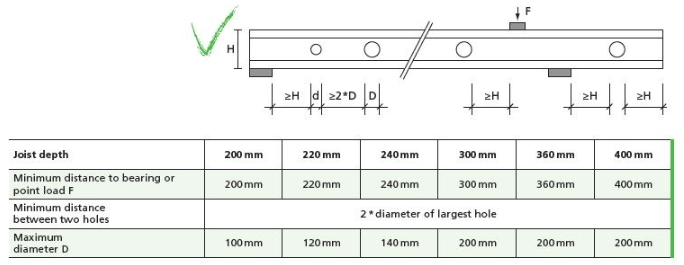
Can you cut holes in I-Joists?
Yes, holes can be cut in I-Joists to accommodate wires and piping. Holes should be positioned in the middle of the web. The location and maximum sizes of the holes can be calculated in accordance with the drawing and table opposite.
How much do I-Joists cost?
Considerable savings can be made due to the advanced engineered properties of the joist and the amount of time required for installation. To get a quote for your project, just contact our engineered timber team.
For an idea of the savings available in cost and time, see our sample design.
When do I need to use joist hangers?
Joist hangers will need to be used when a load is being distributed from one joist to another. Masonry hangers will also be required when a joist meets a masonry wall. The number of hangers required and where they will be required will be included on your I-Joist design.
Why are I-Joists better than timber joists?
As well as providing virtually no shrinkage, eliminating the annoyance of squeaky floors, I-Joists are much easier and quicker to install – a great solution for those with time constraints. But just how much more time and cost effective are I-Joists? Find out here.
What is the difference between I-Joists and JJI-Joists?
Many people know I-Joists by their more common names: JJI Joists and TJI Joists. All of these are I-Joists, the JJI and TJI just refer to the names of the manufacturers.
What lengths of I-Joists can we provide?
The maximum length of I-Joist we can provide is 13 meters – although this would be broken up over intermediate supports.
Please note: we only deliver to the South of England.
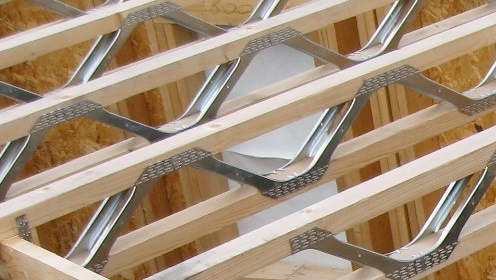
How do I-Joists compare to Open Web joists?
Open Web Joists have a very similar design rate but offer easier installation of services. However, Open Web Joists are considerably more expensive than I-Joists.
Not sure whether you’re better off using I-Joists or Open Web Joists? Our team can advise you on the best course of action based on your design and requirements.
What lead time should I expect when ordering I-Joists?
Our team will do everything possible to meet your schedule. Our lead times on I-Joists vary depending on the size of the job and the order book.
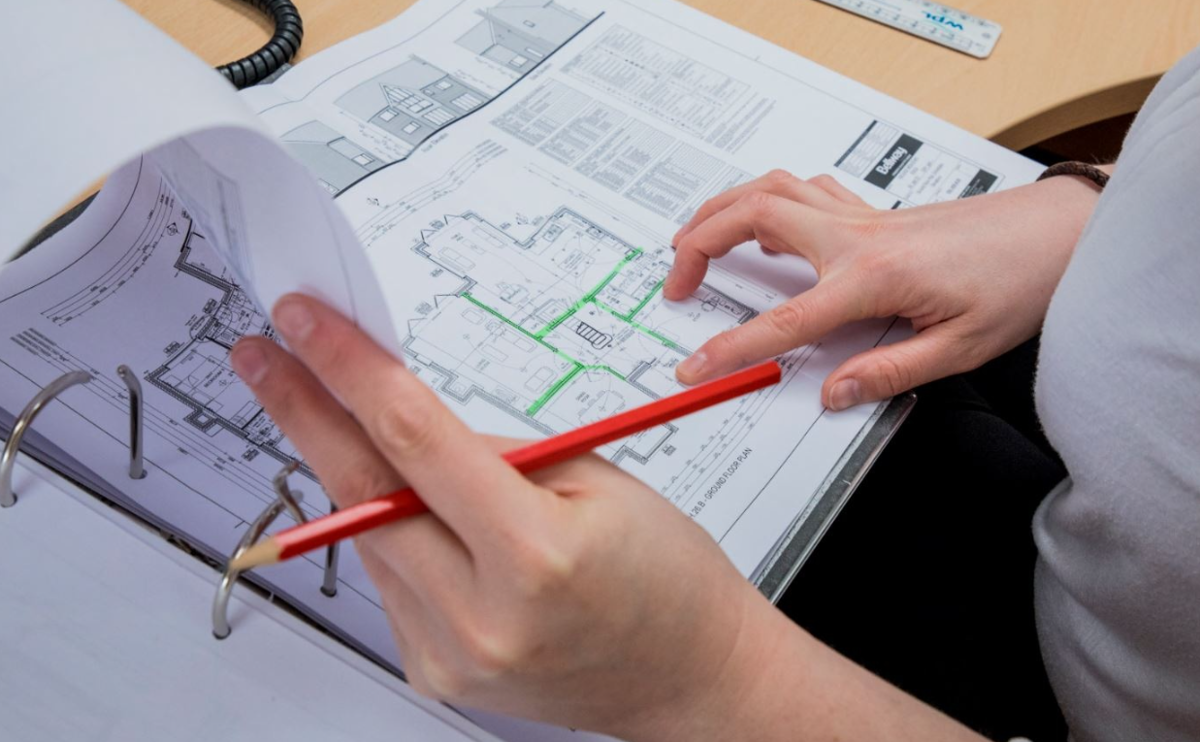
Talk to us about I-Joists
Do you still have a question about I-Joists? Would you like a quote for your next project?
Just drop a message to our engineered timber team with your location and requirements. Include as much information as possible and attach any relevant drawings.
Please note: we only deliver to the South of England.

